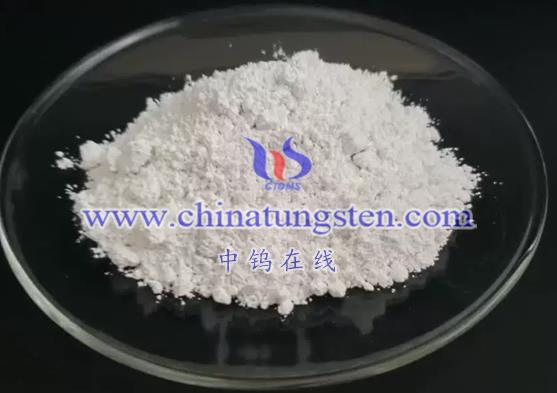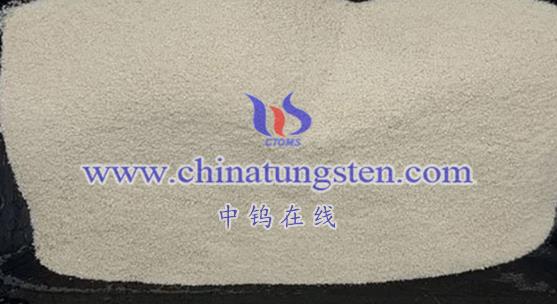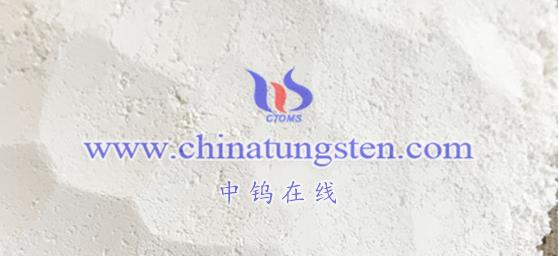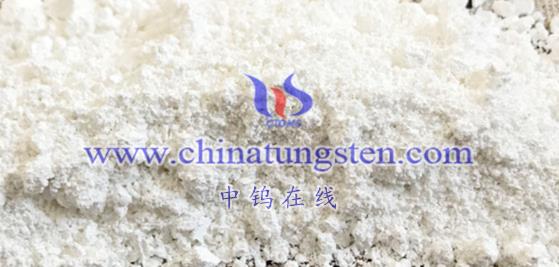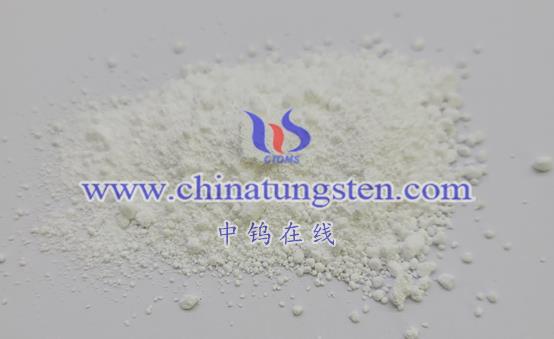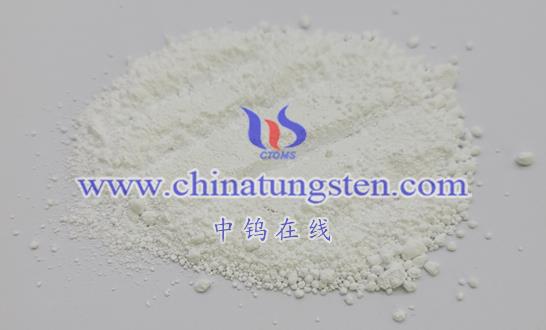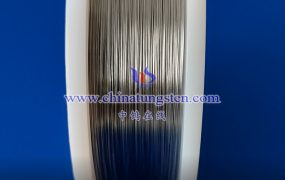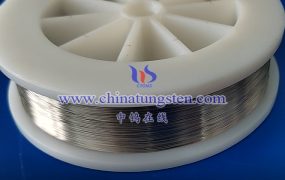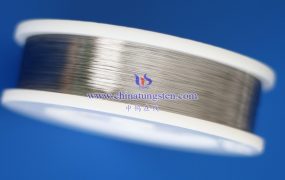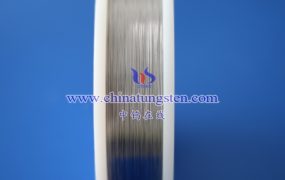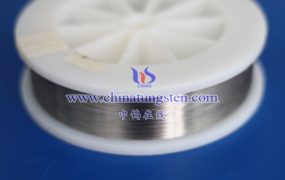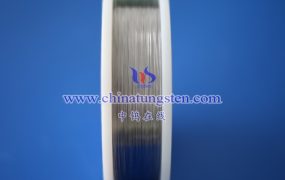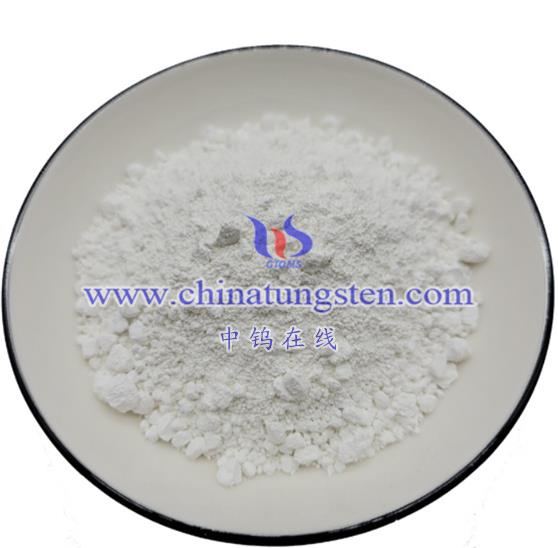
There are several methods for producing tungsten oxide nanoparticles, each with distinct characteristics suitable for different research and industrial needs. Here’s a detailed overview of the main methods:
- Chemical Synthesis Methods
Chemical synthesis is a commonly used method for producing tungsten oxide nanoparticles, allowing control over particle morphology and size by adjusting reaction conditions.
- Precipitation Method: This method involves dissolving ammonium tungstate in distilled water, adding an appropriate amount of ammonium hydroxide, and stirring the solution. After dissolution, oxygen is introduced. The mixture is then stirred and heated (e.g., to around 70°C) to maintain a constant temperature. Tungsten oxide precipitates out, and the nanoparticles are collected, washed, and dried. This method is straightforward and easy to control but typically results in a broad particle size distribution.
- Hydrothermal Method: Ammonium tungstate is dissolved in distilled water, and ammonium carbonate is added and stirred. The solution is then transferred to a high-pressure reactor and reacted under high temperature and pressure conditions (e.g., 180°C and 1.2 MPa). After the reaction, the mixture is cooled to room temperature and the nanoparticles are obtained through centrifugation, washing, and drying. The hydrothermal method produces nanoparticles with small, narrow size distributions, good roundness, and dispersion.
- Gas Phase Synthesis Methods
Gas phase synthesis involves using external energy to deposit vaporized sources onto a substrate.
- Physical Vapor Deposition (PVD): This method utilizes external energy sources (such as ion bombardment, thermal evaporation, electron beam bombardment, or laser pulse radiation) to vaporize raw materials (e.g., tungsten metal or tungsten oxide) and deposit them onto a target substrate. This results in the formation of tungsten oxide nanoparticles. By adjusting parameters, one can control the particle size, crystallinity, and nanostructure. However, the equipment required for gas phase synthesis is expensive, which limits its widespread application.
- Solid Phase Synthesis Methods
Solid phase synthesis involves using solid raw materials and thermal treatments to produce tungsten oxide nanoparticles.
- Direct Heating Method: Solid raw materials, such as tungstic acid and ammonium tungstate, are placed in a tube furnace or muffle furnace and heated directly to decompose and form tungsten oxide nanoparticles. Although this method is simple, it often results in agglomeration and non-uniform particle sizes, which can limit its application.
- Other Methods
Besides the primary methods, several other techniques are also used for the preparation of tungsten oxide nanoparticles:
- Sol-Gel Method: This involves the transition of a sol (a colloidal suspension) to a gel phase, followed by drying and heat treatment to form nanoparticles.
- Template Method: This method uses templates to control the shape and size of nanoparticles. The template is removed after the nanoparticles are formed.
- Electrochemical Corrosion Method: This involves using electrochemical techniques to corrode tungsten in an electrolyte solution to form tungsten oxide nanoparticles.
- Electrodeposition Method: In this method, tungsten oxide is deposited onto a substrate from a solution under an electric current.
Each method has its own advantages and is chosen based on specific needs and applications. The diversity in preparation methods allows for the optimization of nanoparticle properties for various research and industrial applications.
More details of tungsten oxide product, please visit website: tungsten-oxide.com
Please contact CHINATUNGSTEN for inquiry and order of tungsten oxide:
Email: sales@chinatungsten.com
Tel.: 86 592 5129595
